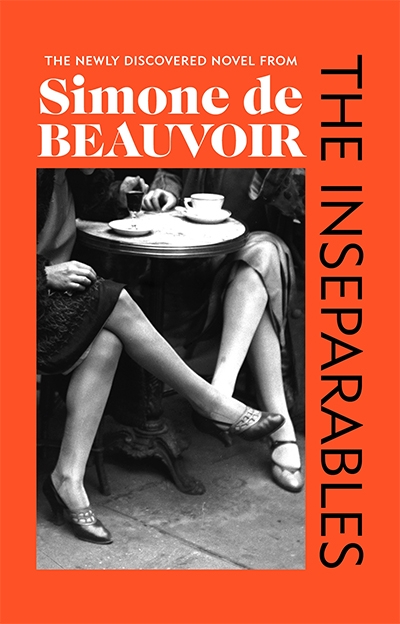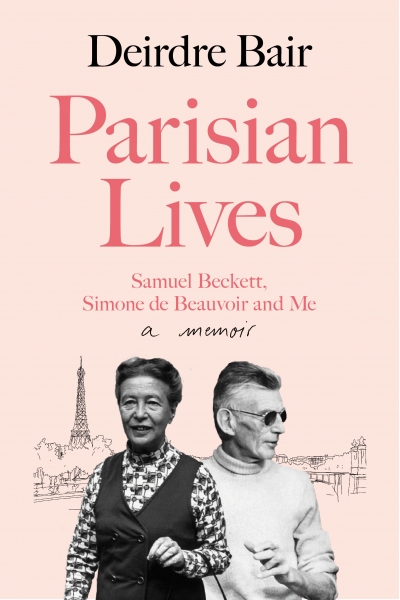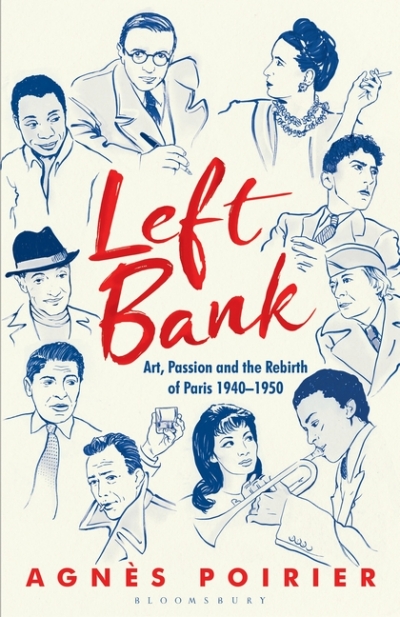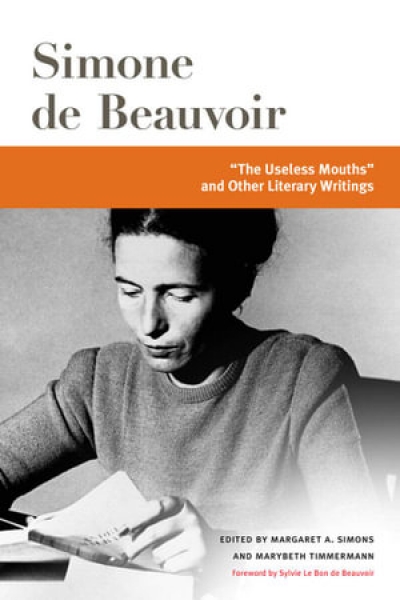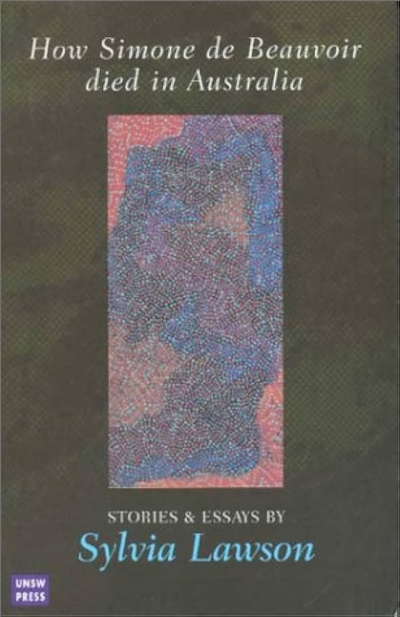Simone de Beauvoir
The Inseparables by Simone de Beauvoir, translated by Lauren Elkin
by David Jack •
Parisian Lives: Samuel Beckett, Simone de Beauvoir and me by Deirdre Bair
by Ronan McDonald •
Left Bank: Art, Passion and the Rebirth of Paris 1940–1950 by Agnès Poirier
by Gemma Betros •
‘The Useless Mouths’ and Other Literary Writings by Simone de Beauvoir, Margaret A. Simons and Marybeth Timmermann (editors)
by Colin Nettelbeck •
Tête-À-Tête: The lives and loves of Simone De Beauvoir and Jean-Paul Sartre by Hazel Rowley
by Colin Nettelbeck •
How Simone de Beauvoir Died in Australia: Stories and essays by Sylvia Lawson
by Heather Neilson •

